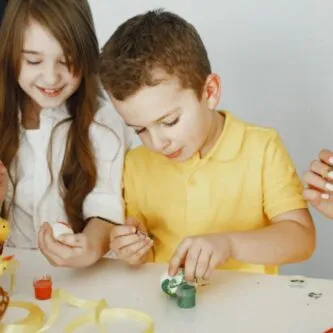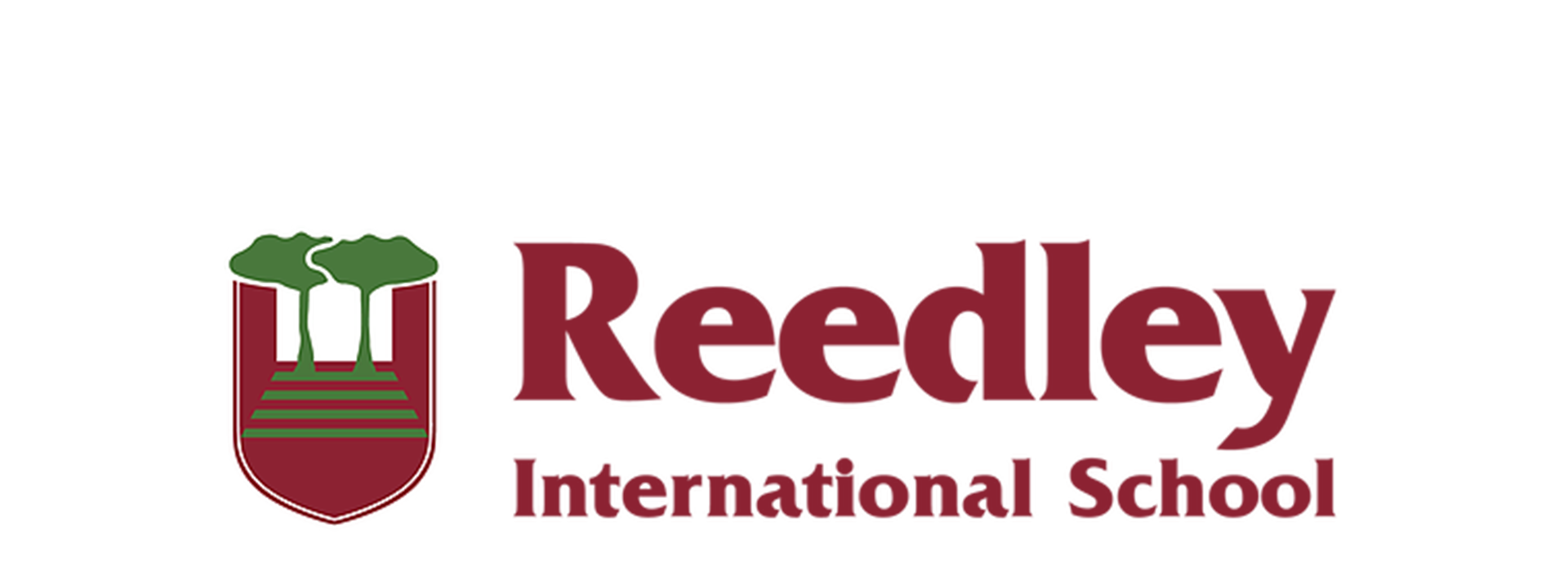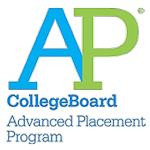
Children learn in a variety of ways. Whether they are studying at an international school in Manila or otherwise, you can help them achieve great academic success by identifying and working with their specific learning style.
A learning style is how children get acquainted with and process information. For instance, some of them would prefer visual aids while others would rather learn through audio clips. It is important for both parents and teachers to understand the effective method a child absorbs her lessons so they can help with her growth.
Most young kids digest information through playing and hands-on activities. But as they get older, they would each develop a learning style. You would have to look closely in order to see the behavioural clues and inclinations that will give you hints to their preferred way of learning.
Essentially, understanding this will help you promote your child’s strengths as well as maximize her capacities. To further understand this, take a look at the two predominant student learners:
Social
Social or interpersonal learners are excellent communicators in both speaking and writing. Large classes and small groups are the ideal setups for this style.
Solitary
Solitary or intrapersonal learners work well with ‘solo study time.’ These children are introspective in nature and can easily maintain focus when left alone with the assigned material. They greatly appreciate quiet time and environments that are free of distractions.
Let’s go ahead and explore the 5 major learning styles:
Visual
Visual learners are students that associate images with information—pictures, graphs, and diagrams. They are more inclined to reading as opposed to listening; and may struggle with spoken instructions.
Guiding Advice: Provide them with supplementary visual materials and color-coded organizational tools so that they would be able to retain information easily.
Auditory
Auditory learners process information by listening and, in many cases, repeating it. This learning style fits well with traditional classroom setups, as these students enjoy activities that include: reading out loud, explaining things to their peers, and speaking up during class.
Often, they are considered as social learners, who enjoy grammar and other language platforms.
Guiding Advice: Create a study environment that is multimedia-oriented and is inclusive of videos, recorded lectures, and audiobooks.
Verbal
Verbal style learners are students that excel in both reading and writing. These children are also inclined to visuals and enjoy reading for both school and pleasure. They often prefer working on handouts, writing on the board, creating lists, and constantly talking about the things that they have studied.
Guiding Advice: Ask them to read instructions aloud and discuss them together afterwards. It would also be helpful if the two of you create rhymes and form mnemonics to make the lessons easier to remember.
Physical
Physical or kinesthetic learners depend on their sense of touch for optimized learning. These students enjoy using hand gestures, moving around, and commonly taking things apart. They are highly-inclined towards hands-on activities, working with tools, and active study environments.
Guiding Advice: Allow your child to get up and pace around during review sessions if necessary. Supplement classroom learning with hands-on projects and family field trips.
Logical
Logical or mathematical style learners are excellent with numbers and identifying patterns. These students enjoy statistics and are highly systematic. They also thrive on objective order and the creation of manuals or instructions.
Guiding Advice: Provide the “why” of an assignment because these learners perform better when they have a clear grasp of the purpose. If possible, try to establish a study system (e.g. the Pomodoro Technique) that they could easily work with.
Key Takeaway
The 5 major learning styles are visual, auditory, verbal, physical, and logical. These will guide you in determining which techniques are most helpful for your child to digest information; they should help with her academic performance whether she is studying in an international school in Manila or otherwise.






-logo.png)



